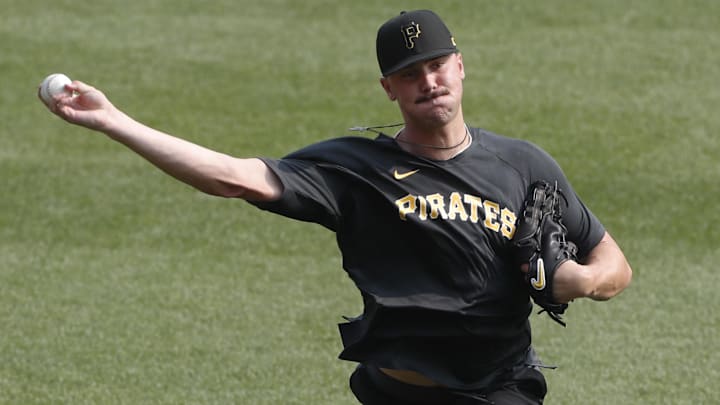Josiah Sightler
Very few professional players have a career start like Josiah Sightler did. Sightler didn’t make his debut until the first week of June, but he seemed almost unstoppable up through July. In his first 126 plate appearances, Sightler hit .446/.524/.752. He had a 13.5% walk rate and 11.1% strikeout rate but hit for elite power with an isolated slugging percentage just over .300 at .307. Sightler’s wRC+ in this first stretch was 226, meaning he was 126% better than the league-average batter.
However, the season's last two months did not go as well. Sure, no one expected Sightler to maintain a wRC+ that looked like Barry Bonds at his peak, but this was a sudden and dramatic dropoff. His last 138 plate appearances yielded a poor .205/.254/.346 triple-slash, .272 wOBA, and wRC+ of just 62. Sightler’s walk rate plummeted to 5.8%, while his strikeout rate shot up to 31.2%.
Of the three prospect lists I used for today’s list, the only one who had him listed in the Pirates’ top prospects was MLB Pipeline at #26/30. Pipeline praises Sightler’s raw power he can generate from his large 6’3”, 234-pound frame. Sightler did hit for good pop throughout his college career, so it’s no surprise that he projects as more of a power hitter. However, we will see which Sightler shows up in 2024.
In terms of defense, the Pirates only let Sightler work at first base and designated hitter in 2023. But he did play some corner outfield at the University of South Carolina. Sightler has the arm strength to play an outfield corner as he also pitched a few times, throwing 90+ MPH heat off the mound. But given his limited range, he may be best suited for first base.
